
State Bank amends many regulations, aiming for a more modern and safer banking system
Credit growth has been high recently, in the context of the State Bank of Vietnam (SBV) directing commercial banks to reduce interest rates. Although many banks have actively responded, some pressures such as increased capital costs, tight local liquidity and rapid credit growth still put pressure on interest rates.
Strengthening supervision and transparency of interest rates
SBV Deputy Governor Pham Thanh Ha emphasized that stabilizing interest rates and liquidity is an urgent task during the economic recovery period. SBV will continue to require credit institutions to reduce costs, optimize operations and share profits to reduce lending rates.
At the same time, he requested banks to publicly disclose the difference between deposit and lending interest rates on their websites, and to provide transparent information on preferential credit packages for customers to easily access. The State Bank also directed its affiliated units to strengthen monitoring of market developments, supervise policy implementation, and promptly handle any problems arising in localities.
" The Prime Minister pays special attention to interest rate policy and requires the State Bank to operate flexibly and stably to support growth recovery, control inflation and create conditions for businesses to access credit more easily," said Mr. Ha.
Regarding interest rate developments, Mr. Pham Chi Quang, Director of the Monetary Policy Department (SBV) informed that the system's liquidity is still guaranteed, the SBV is always ready to supply capital through the interbank market. However, there are still some pressures, such as people tending to hold cash, the speed of cash flow back to the system is slow. Along with that, budget revenue increased sharply at the end of the quarter, causing the State Treasury (KBNN) to withdraw a large amount of money from the system, reducing available capital.
To support the system, the SBV is actively working with the Ministry of Finance and the State Treasury to find solutions to promote public investment disbursement, while increasing State Treasury deposits at commercial banks. This not only improves liquidity but also contributes to raising the capital adequacy ratio (LDR) of credit institutions.
Regarding the proposal to use foreign currency swap tools, Mr. Quang said that this is an option that has been studied by the State Bank, but implementation needs to be cautious because it can increase the supply of Vietnamese dong, put pressure on the exchange rate and increase dollarization psychology.
Approaching Basel III , increasing data connectivity
Regarding lending activities, the State Bank of Vietnam is seeking opinions on amending Circular 39 after receiving many feedbacks from banks. A comprehensive survey will be conducted to assess the actual difficulties. The amendment will extend to many arising issues, not only limited to e-lending, to perfect the legal framework and promote innovation.
Mr. Quang also emphasized that a notable new point is to increase data exploitation to improve the quality of credit appraisal. The State Bank of Vietnam is coordinating with the Ministry of Public Security to implement Project 06, connecting the banking system with the National Population Database. In addition, according to Decree 94 on Fintech, peer-to-peer lending companies (P2P Lending) will have to connect and share data with the National Credit Information Center (CIC). This helps supplement non-bank data sources, supporting credit institutions to more accurately assess customers' financial capacity.
Emphasizing the role of system safety, Mr. Nguyen Duc Long - Director of the Department of System Safety of Credit Institutions (SBV) said: Recent recommendations of commercial banks are mainly related to the loan-to-deposit ratio (LDR) according to Circular 22.
"When operating a banking system, business goals are important, but safety must always be the top priority. Maintaining safety standards not only protects each credit institution but also stabilizes the national financial system," Mr. Long affirmed.
According to the Director of the Department of Credit Institutions System Safety, the State Bank of Vietnam has issued Circular 14 - a new regulation on capital adequacy ratio, replacing Circular 41, with stricter requirements, forcing banks to strictly comply. At the same time, the State Bank of Vietnam is also reviewing and amending two important indicators in Basel III: the new LDR ratio and the net stable funding ratio (NSFR).
"With this orientation, the State Bank will more strictly manage the use of short-term capital for long-term lending or excessive dependence on market capital. The goal is to reduce risks and increase the system's resilience to global fluctuations. However, the State Bank also determined that there needs to be a suitable roadmap to avoid disrupting the system. The revised circulars will be carefully calculated to both ensure safety and support effective credit growth," Mr. Long emphasized.
Mr. Minh
Source: https://baochinhphu.vn/nhnn-cac-thong-tu-sua-doi-se-duoc-tinh-toan-ky-de-ho-tro-tang-truong-tin-dung-hieu-qua-102250805224131575.htm



![[Photo] Prime Minister Pham Minh Chinh chairs meeting to deploy overcoming consequences of storm No. 10](https://vphoto.vietnam.vn/thumb/1200x675/vietnam/resource/IMAGE/2025/10/3/544f420dcc844463898fcbef46247d16)

![[Photo] Students of Binh Minh Primary School enjoy the full moon festival, receiving the joys of childhood](https://vphoto.vietnam.vn/thumb/1200x675/vietnam/resource/IMAGE/2025/10/3/8cf8abef22fe4471be400a818912cb85)







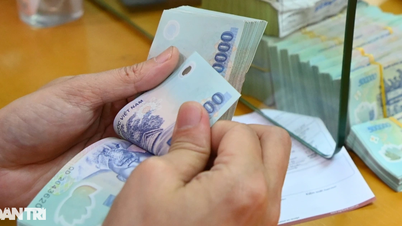




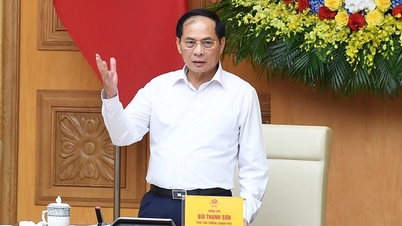















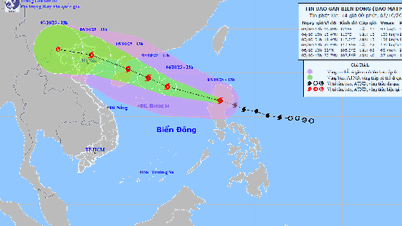








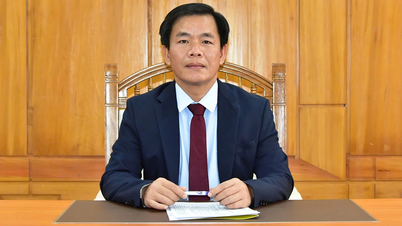
















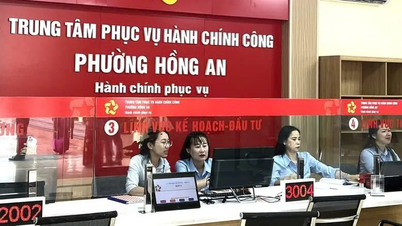











































Comment (0)